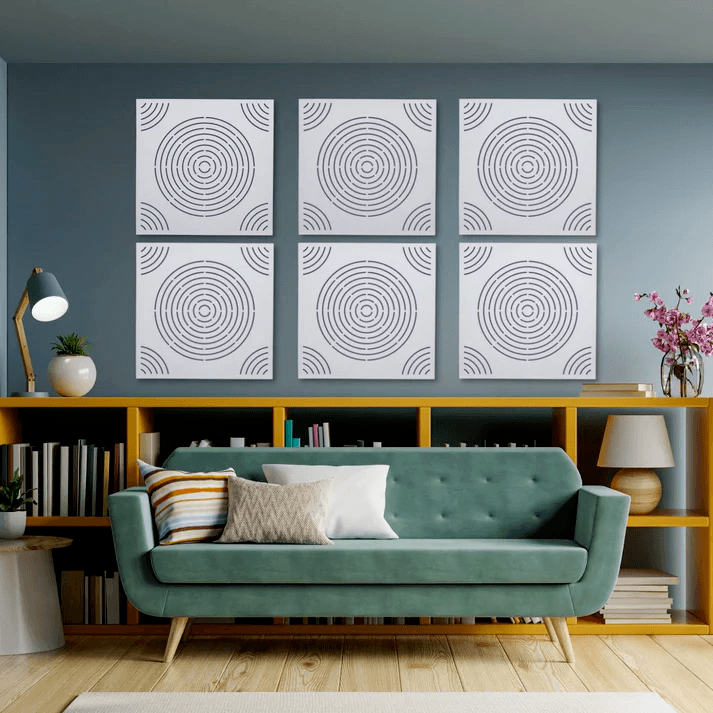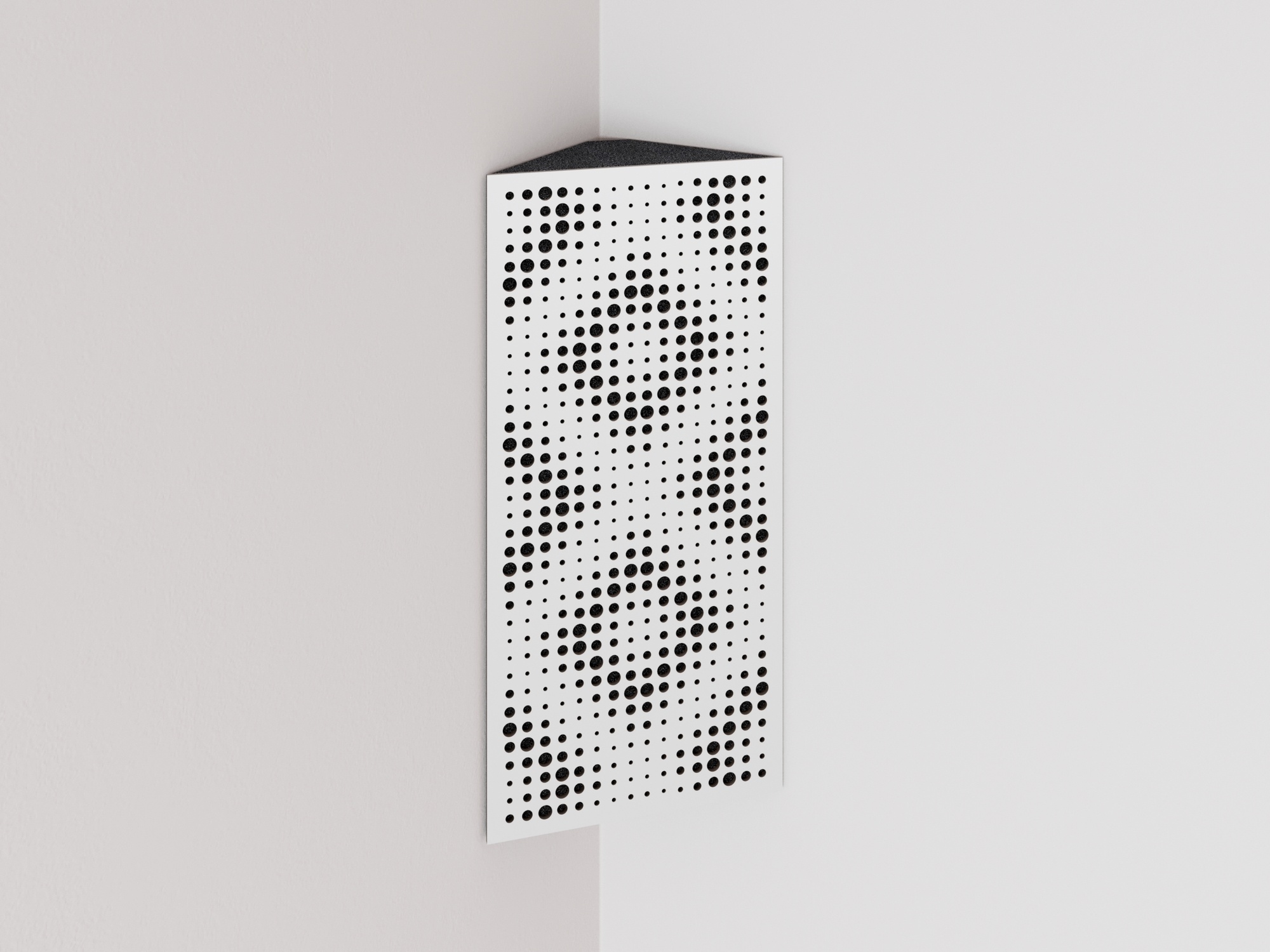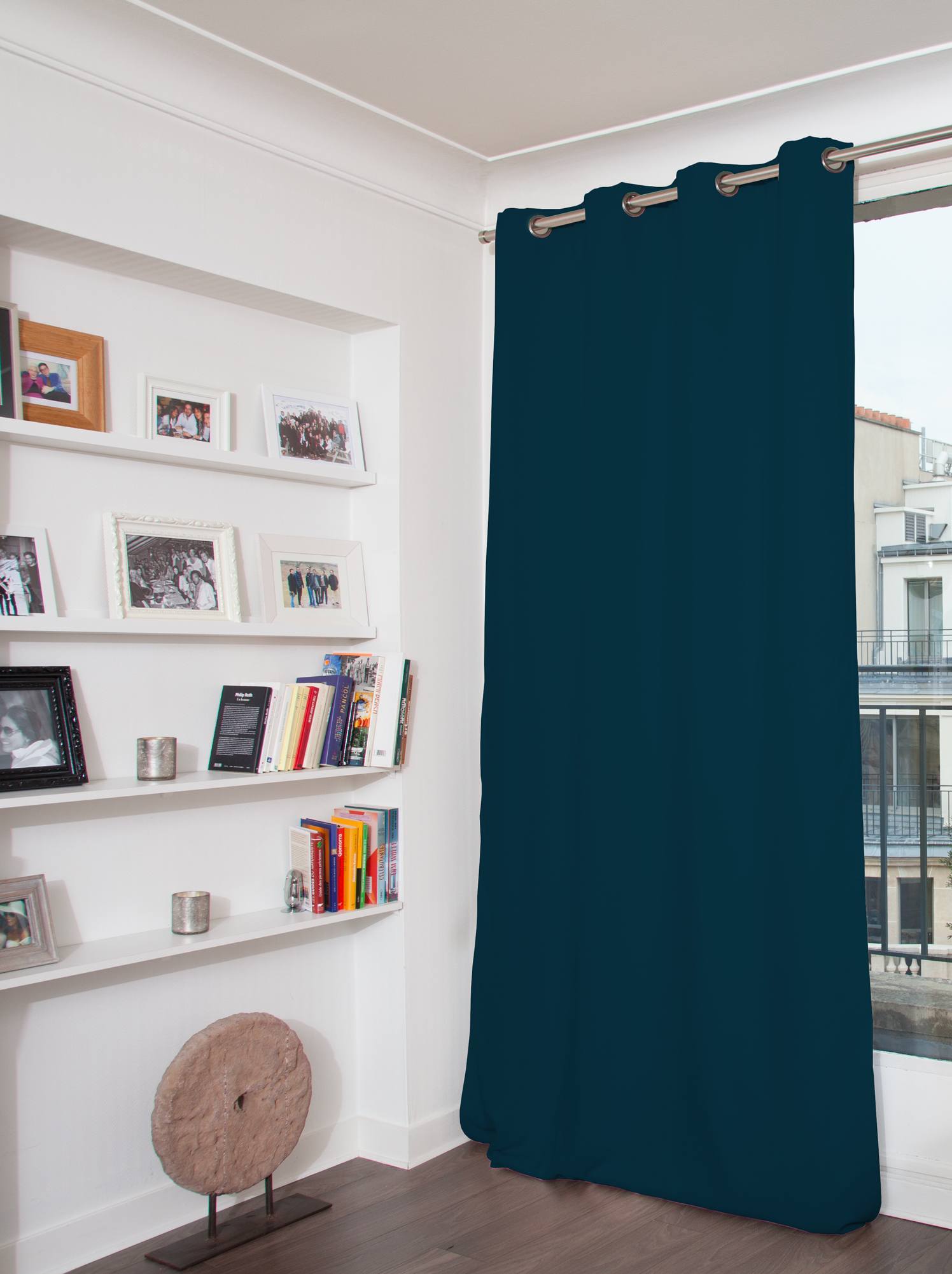Here are some advantages of soundproofing and sound absorbing a living room
Creating a harmonious sound environment in the living room is crucial for comfort, relaxation, and functionality. Sound reflections from hard surfaces can cause disturbing echoes and an unbalanced sound image, which affects conversation, entertainment, and work peace. By using effective sound-absorbing solutions, you can improve both sound comfort and the aesthetic experience of the room.
A more pleasant sound environment for all everyday activities
Sound absorption and soundproofing reduce reverberation in the room and create a more comfortable sound environment. When sound is not reflected uncontrollably, the room becomes softer acoustically, making conversations more natural and background noise less stressful. This makes the living room a place where you can enjoy a calm and relaxed atmosphere.
Clearer sound quality for music, TV, and conversations
Unwanted sound reflections can affect how sound is perceived, which is particularly noticeable when playing music, watching movies, or making phone calls. By reducing reflections, the sound image is improved, making dialogue in films clearer and music more natural without disturbing echoes. For those with a home theater system or sound system, the difference is significant, as the sound becomes cleaner and more detailed.
Reduced sound transmission between rooms and to neighbors
Sound insulation in the living room is particularly important in homes with thin walls, apartments, or in households where several people are in different parts of the home at the same time. Sound-absorbing materials can help reduce sound transmission between rooms and minimize disturbances from, for example, children playing, music being played, or conversations taking place in adjacent spaces.
A better environment for conversation and socializing
When the sound in a room is properly dampened, it becomes easier to have conversations without having to raise your voice. Reduced reverberation and fewer sound disturbances allow both you and your guests to enjoy a more relaxed and pleasant conversation environment. It also becomes easier to understand what others are saying without having to repeat themselves, which creates a more natural and pleasant social environment.
Increased relaxation and reduced stress
A quiet sound environment in the living room contributes to increased comfort and a better sense of well-being. Noise and sound disturbances can create stress and negatively affect concentration, especially in open floor plans where sound can spread freely. By dampening sound waves and reducing disturbing noises, a more relaxing atmosphere is created, allowing you to unwind and enjoy your free time.
Improved working environment at home
Many people now use their living room as a workplace, which makes soundproofing extra important. Unwanted background noise can make it difficult to concentrate, especially during digital meetings or when focused work is required. Optimizing the acoustics in the room reduces distractions, creating a more productive working environment.
A better experience of movies, games, and audio entertainment
For those who love movies, TV series, or games, the sound environment is a crucial factor for an immersive experience. By optimizing sound absorption in the living room, you can minimize unwanted reflections and create a more balanced sound image. This allows surround sound and effects from home theater systems to be reproduced more accurately, making the sound experience both more realistic and engaging.
Aesthetic improvement and a stylish sound environment
Sound-absorbing materials can be both functional and aesthetically pleasing. There are sound-absorbing solutions that not only improve acoustics but also enhance the interior design. Sound-absorbing paintings, textiles, and decorative panels can blend into the room and add a stylish touch while contributing to a better sound environment.
Optimized environment for both work and study
If the living room is used for work or study, a balanced sound environment is particularly important. By reducing reverberation and background noise, you can create a calmer workplace that promotes concentration and productivity. Especially in homes where several people work or study at the same time, soundproofing can be crucial to creating a functional home environment.
Summary – a harmonious and well-balanced sound environment
By soundproofing and sound-absorbing the living room, you can create a more comfortable and functional environment where sound comfort is optimized. Improved acoustics contribute to better conversation quality, a more relaxed atmosphere, and increased enjoyment of music and entertainment. By combining stylish sound-absorbing materials with well-thought-out solutions, you can create a living room where both sound and interior design harmonize in the best possible way.













